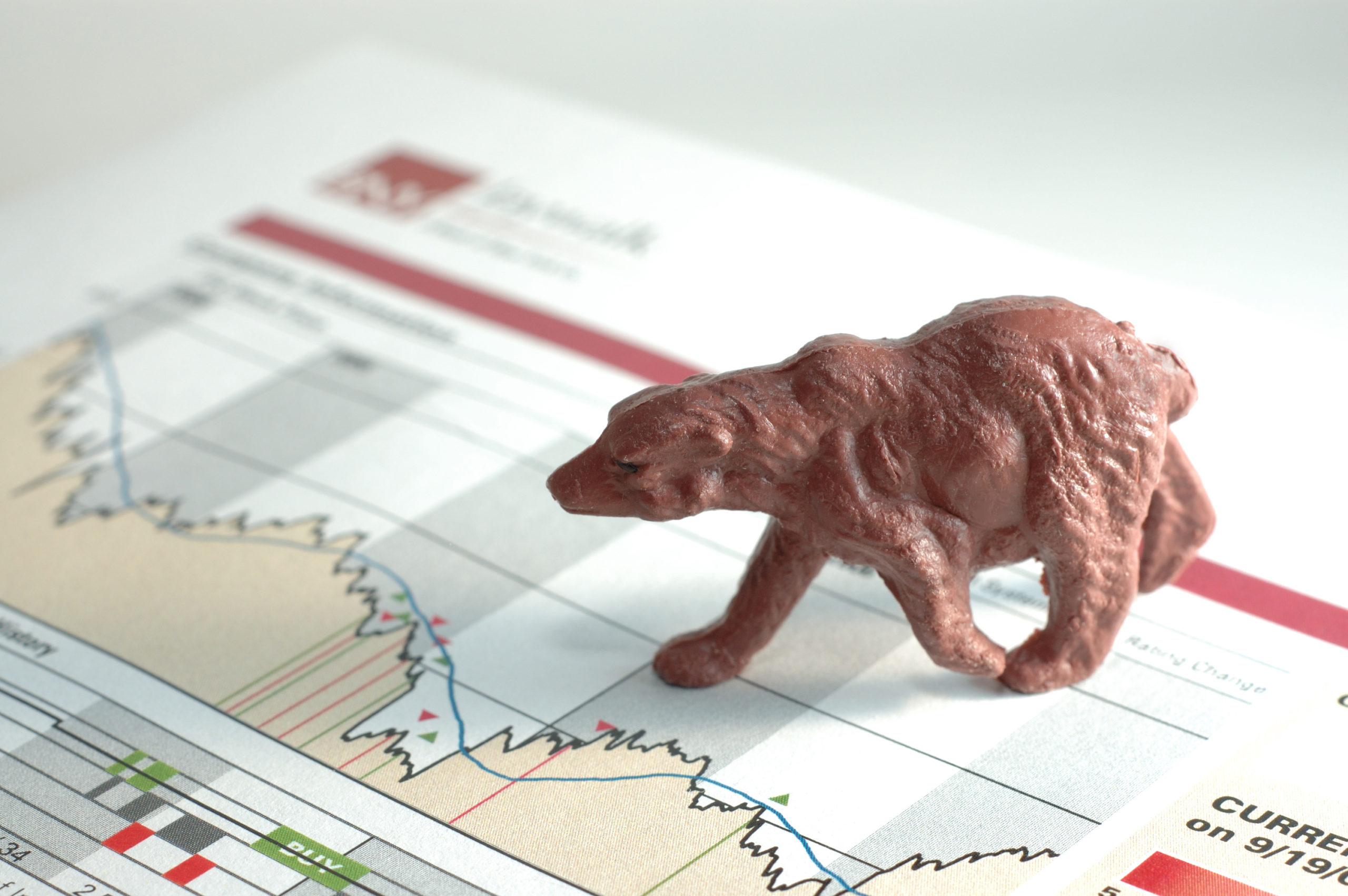The Standard and Poor’s, or S&P 500, stocks officially went into bear market territory this week, which is now front-page news. The S&P has just over 500 stocks and, as a stock index, is more representative of the market overall than the Nasdaq or the Dow. The definition of a bear market is when a stock Index drops 20% below recent highs. The S&P peaked on January 3, 2022. On Monday of the week of June 13, the market closed down 21.8% from its peak. That means we are about 5 ½ months into an official bear market.
The Nasdaq has been in a bear market for a while, down over 30% from its recent highs. The Nasdaq is less representative of the overall market, as it is heavily weighted in technology stocks. There are more than 3000 stocks in the Nasdaq, but the top ten, mostly well-known tech stocks, account for 47% of the movement of the Nasdaq. This is because each stock is weighted based on the “market capitalization” of each company.
Since the late 1920s when the S&P was formed, the average bear market had a 38% price decline and lasted an average of almost 19 months. There have been 15 bear markets over the past 90+ years. On average, bear markets last about 13 months from highs to lows, and take an average of 27 months to return to the previous high, otherwise known as breakeven.
Over the past ten years, whenever the market has dropped toward “bear” status, the Federal Reserve, or “The Fed” has come to the rescue of the markets. This is achieved by lowering interest rates and printing more dollars, giving corporations and investors reasons to think that profits will continue to grow. One of the reasons we are experiencing such inflation now is from all of the printing of money in recent years done to bolster the economy, especially during the COVID lockdowns.
What might happen with this bear market? It is too early to tell, but most of us are already feeling the impact of inflation, the war in Ukraine, and recovering from the COVID lockdowns.
The current issue is that the Federal Reserve needs to fight inflation. They are raising rates, have stopped printing new money, and are actually pulling dollars out of the system. These efforts to fight inflation also put us at a higher risk of a recession. Companies tend to struggle during recessions as consumers buy fewer goods, take fewer vacations, etc. If earnings go down, then stock prices often follow. Companies also struggle as interest rates increase, which increases the organizational cost of doing business.
If you don’t regularly budget, now is an excellent time to get control of your finances and prepare for rougher roads ahead. Financial resiliency starts with knowing how you spend your money and building up your emergency savings.

